From the July/August 2023 issue of Apollo. Preview and subscribe here.
Just three years after it was launched to give the capital’s contemporary art galleries a post-pandemic boost, London Gallery Weekend (LGW) is turning into an important fixture. Last month, there were more than 120 galleries showing in 135 venues, making it the largest event of its kind – double the size of the much more established Berlin Gallery Weekend. Major galleries including Gagosian, Sadie Coles and Thaddaeus Ropac mounted ambitious thematic shows. But what was most noticeable was just how many emerging galleries have launched since 2020 in a city believed to be losing money and vibrancy to other markets after Brexit.
So far this year at least 10 new galleries have opened in the capital, including Soup Gallery and Chemist Gallery in south London, Brunette Coleman in Bloomsbury, Alice Amati, Berntson Bhattacharjee and Night Café in Fitzrovia and Alma Pearl in Haggerston, east London. Incubator, founded by Angelica Jopling – the daughter of Jay Jopling, the owner of White Cube, and the artist and film-maker Sam Taylor-Johnson – opened in April on Chiltern Street, Marylebone. These are all part of a wave of younger gallerists, some now breaking through on the international stage.
A week after London Gallery Weekend, Soft Opening, a five-year-old gallery based in Bethnal Green, became one of only a handful of new galleries selected for Art Basel, the top modern and contemporary fair. Ginny on Frederick – which opened in 2021 in a tiny tiled former sandwich bar by Smithfield meat market in the City of London – made the cut for the Liste fair in Basel, one of the best for emerging artists. Harlesden High Street – a gallery founded principally to represent BIPOC (Black, Indigenous and people of colour) artists in an un-arty part of north-west London – took part in the admired, invitation-only Independent art fair in New York.
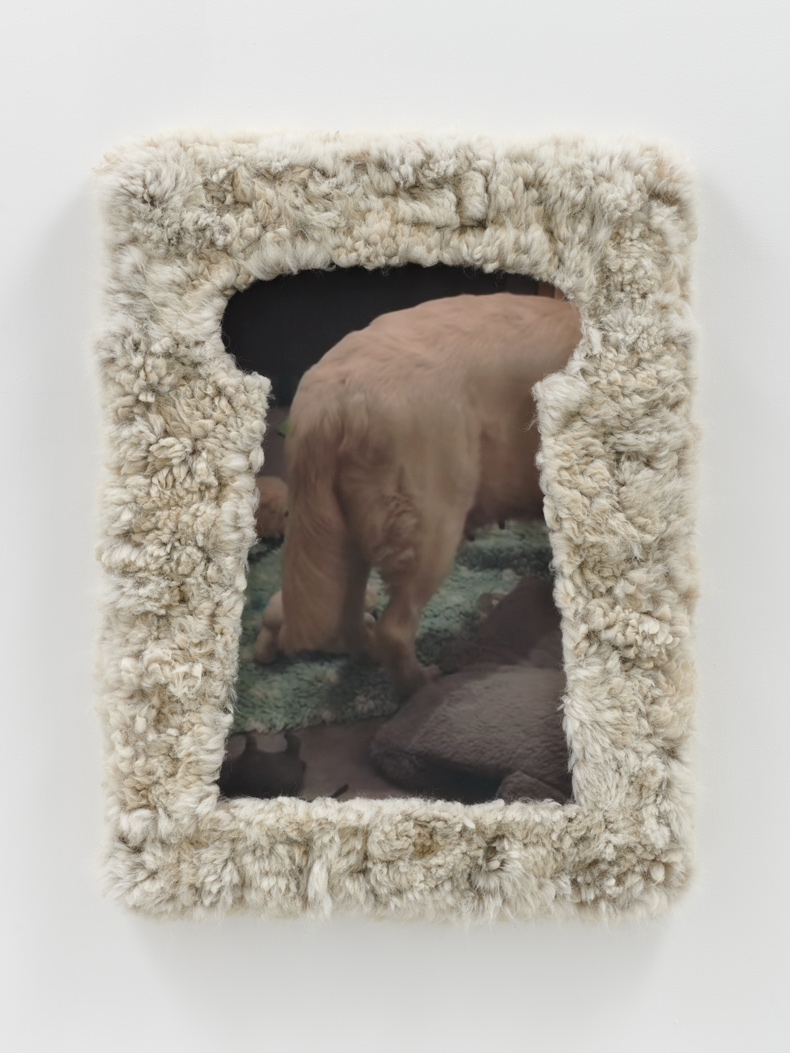
Prosit (2023), Amanda Moström. Rose Easton. Photo: Theo Christelis
‘There’s been an unbelievable birth of new spaces,’ gallerist Rose Easton says. ‘It seems a new generation is coming through after a lull of five or six years when it seemed nothing was opening.’ Located in a room of Wolfgang Tillmans’ former studio in Bethnal Green, her gallery opened in late 2021, originally under the name Moarain House, as a temporary exhibition space with an expected life of just six months.
‘There turned out to be an opportunity, post-pandemic, to secure cheaper commercial space, all across London. So many retail businesses went under, and landlords were keen to fill spaces rather than leave them vacant,’ Easton says. During London Gallery Weekend, she showed wall sculptures and photographs by Amanda Moström – a young Swedish artist, who graduated from the City & Guilds of London Art School in 2016 – priced at £1,000–£5,000. ‘When you are doing things at the beginning you start within your local community,’ Easton says – although she has now started looking at artists who are based internationally.
Soft Opening is a short walk from Rose Easton in east London – though it began by mounting exhibitions in the disused retail spaces in Piccadilly Circus Underground station. In 2020, its founder Antonia Marsh took over a gallery space formerly occupied by the now-defunct Vilma Gold. ‘New gallerists tend to fall into two groups: they’ve worked in a bigger gallery before or started, like me, with a project space,’ Marsh says. In May, a solo exhibition of works by Rhea Dillon, one of Marsh’s small roster of 11 artists, opened at Tate Britain – part of its ‘Art Now’ series, devoted to new developments in British art (‘An Alterable Terrain’; until 1 January 2024). Marsh staged one of the hits of LGW – a display of gorgeous ceramics by a recent signing, the Japan-born, Los Angeles-based Narumi Nekpenekpen, priced at £2,000–£8,000. At Art Basel later in June, Marsh’s stand in the Statements section presented videos by Canadian-born, London-based artist Sin Wai Kin, who was nominated for the Turner Prize in 2022. ‘Sometimes I have to pinch myself that all this is happening,’ she says.
Soft Opening and Rose Easton are among a number of new galleries breathing new life into the East End. Many feared that the area, which has waxed and waned over the past 20 years, was in decline again with the departure for the second time of Stuart Shave’s Modern Art gallery from Vyner Street in 2020 (he has kept a gallery near Old Street). But East End stalwarts – including Victoria Miro, Maureen Paley, Herald St and The Approach – have now been joined by gallery start-ups including Sherbet Green, Doyle Wham and Guts Gallery. In total, 26 east London galleries took part in LGW. Both Marsh and Easton point to the help they have received from the local gallery community.
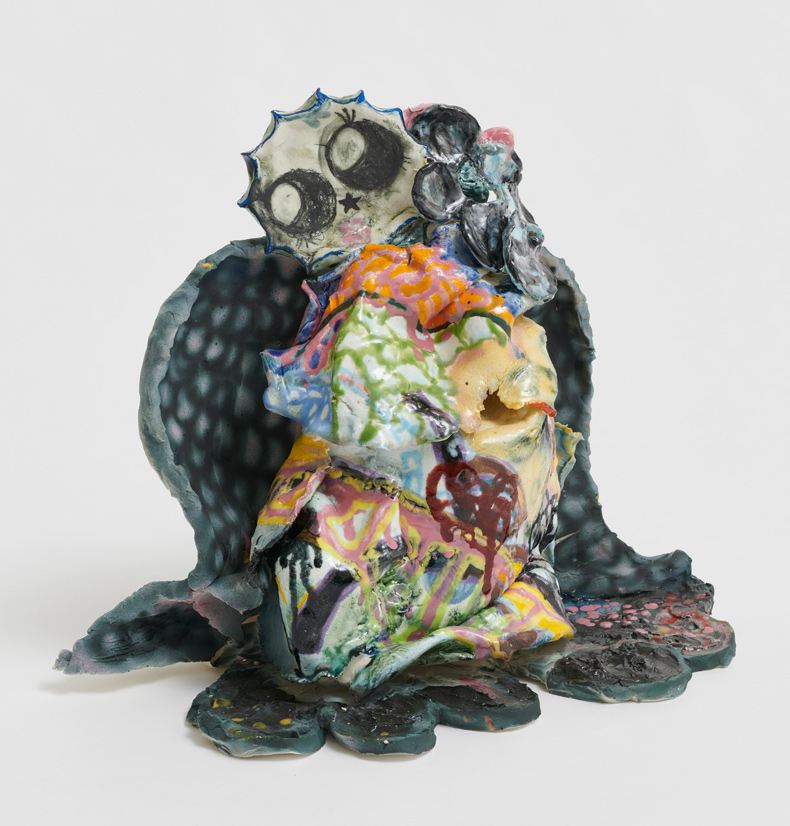
gallops soaked in reverb (2023) Narumi Nekpenekpen. Soft Opening. Photo: Theo Christelis
The revival of the East End has been more than matched, however, by the renaissance of Fitzrovia, a once-bohemian area north of Oxford Street. A flood of new galleries has arrived since 2020 – long after the area was pioneered in the mid 2000s by Modern Art and Alison Jacques Gallery. There are now more than 30, mostly mid-sized galleries. This year alone has seen the opening of Alice Amati, Berntson Bhattacharjee and Night Café. They join other recent arrivals such as Workplace, Vitrine, Lungley and Alice Black. Edel Assanti opened a new 4,000-sq-ft space on Little Titchfield Street in 2022. Many are attracted by the proximity of Mayfair and Soho, but with considerably lower rents.
Last year, two galleries – Castor and Indigo + Madder moved to Fitzrovia from Resolution Way in Deptford, south-east London. XXijra Hii (pronounced shy-rah-hi), which opened on the same road in 2020, is staying put, at least for now. ‘I’ve got lots of friends who are moving to Fitzrovia, there’s a boom of cheaper and readily available retail space,’ says the gallery’s founding director, the former artist Ema O’Donovan. But she feels part of a community of artists and curators centred on nearby Goldsmiths. ‘They come to our private views, introduce us to new people – I feel we’re all supporting each other,’ she says.
For LGW, XXijra Hii presented two shows. In Deptford, it hosted an exhibition of sculptures by a recent Goldmiths’ postgraduate, Estefanía B Flores, who is already gaining international attention (prices from £400–£14,000). At The Shop in Soho – part of Sadie Coles HQ, arguably one of London’s most influential galleries – XXijra Hii put on a satellite show of work by Laila Majid and Louis Blue Newby.
The upside of Deptford, for O’Donovan, is that ‘We can do stuff that’s experimental, that’s a bit wild. We tend to think: “Let’s realise a good exhibition and not focus too much on art market trends”’ – an attitude that has won her much admiration from the younger generation of gallerists. The downside is that ‘It is a bit challenging for collectors. It is very industrial, and if you don’t know this part of London it can feel a bit unnerving.’ She counters this by making use of new technology: photographing and livestreaming exhibitions on Instagram and other social media platforms. ‘If you are operating through the shop window of your website and social media, in one way it doesn’t matter where your space is,’ she says. ‘You can be part of a local community but borderless and accessible to anyone at the same time.’
Setting up an art gallery has never been easy, especially for people without pre-existing money or art world connections. Jonny Tanna, a former film-maker who began organising exhibitions in Harlesden in 2017, admits there have been tough times – but he says he ‘wouldn’t swap this rewarding role for anything else’. He has operated a gallery in a former shop on Harlesden High Street – an ethnically diverse area – since late 2020.
The gallery presents BIPOC artists, including some who have not been to art school, such as Joe Cool and Risky Brent. Tanna mounts off-site projects with ‘all kinds of people, not just people of colour, because there are plenty of working-class artists who need help everywhere’. He sees the gallery as rooted in its community. ‘I was in central London for a while, but I moved back to Harlesden because I wanted to create an access point [between local people and the art world],’ Tanna says. ‘We were sending buses from Harlesden to the West End, trying to bring people in. Eventually I thought it would make more sense to have a space in Harlesden to give the community a space they can enter as they please.’
Last year, the gallery took part in Liste – this year, alongside Independent art fair in New York, it has been selected for Frieze London in October. ‘We need fairs because I don’t come from a background where I knew collectors who would come and buy the work. I’m glad that fairs have been so supportive because the London art scene can be brutal – it lacks the fairs and collectors that some other cities have,’ he says.
All this activity baffles some veterans of the London art world. They remember the days of plentiful studio and gallery space in the acres of disused industrial buildings that existed across London in the 1990s – most of which have vanished under housing and office developments: London’s population has grown from an estimated 6.5m to 9.5m in the past 30 years. More than a decade of government austerity, local authority cuts and Arts Council England’s recent funding policy of shifting money out of London – which one director of an influential south London exhibition space calls ‘the great levelling down’ – have also had an impact on the arts across the city.
‘My fear is that London is becoming like New York: a shoppers’ paradise for billionaires, excluding all else,’ Stacie McCormick says. ‘Artists are key to keeping thriving communities alive, which means models of affordability and support.’ McCormick is the director of the not-for-profit Unit 1 Gallery | Workshop in west London and founder of the Fair Art Fair app, which connects artists to collectors directly. ‘Having said that, artists’ representation is currently very exciting. If you are a good and committed artist, times have never been better: the galleries have buyers and want inventory. The art world hierarchy is in flux, there are a lot of new artist-driven initiatives, experimentation and exciting new business models emerging – loads of room for change.’
Meanwhile, many artists still want to work in London, or in coastal towns like Hastings and Margate which are within easy striking distance. A survey by ArtTactic in 2018, two years after the Brexit vote, placed London as the fourth most important city as a workplace for the top 500 ‘next generation artists’ (after New York, Berlin and Los Angeles); for gallery representation, it was second only to New York. Art schools in London remain prestigious: the Royal College of Art (RCA) has yet again topped the QS World University Rankings for art and design, followed by University of the Arts London, which includes Central St Martins and Chelsea College of Arts. Schools such as Goldsmiths, the Slade, the Royal Academy Schools and more recently the City & Guilds London Art School continue to produce artists who go on to gain international reputations. Paul Thompson, vice-chancellor of the RCA, says that although Brexit has halved the number of European applicants, more than two thirds of students at the college come from abroad, including many from North America.
Some gallerists find it hard to explain how the city continues to hold its own. ‘London always has a lot of energy, even when times are really hard,’ says Marsh. ‘There are so many artists making incredible work here, and perhaps institutions and collectors are realising what a difference gallery support makes early on.’ Whatever, the reason, ‘It’s been great for us to go from being a “baby” gallery to suddenly there being a new community of 10 or more [galleries]’. Perhaps the simple reason is that there will always be new generations of artists emerging – and young and energetic gallerists willing to take the risk of representing them.
From the July/August 2023 issue of Apollo. Preview and subscribe here.
Unlimited access from just $16 every 3 months
Subscribe to get unlimited and exclusive access to the top art stories, interviews and exhibition reviews.

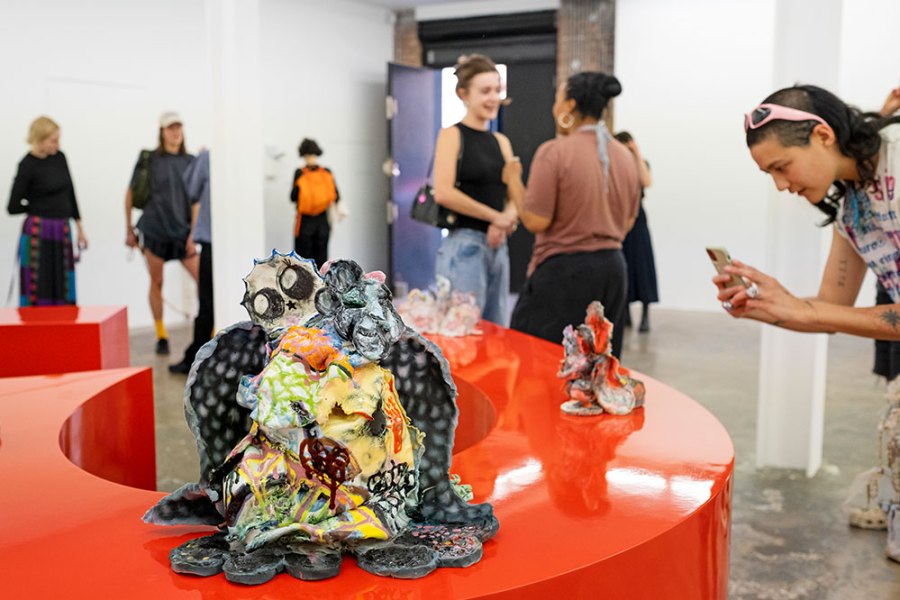
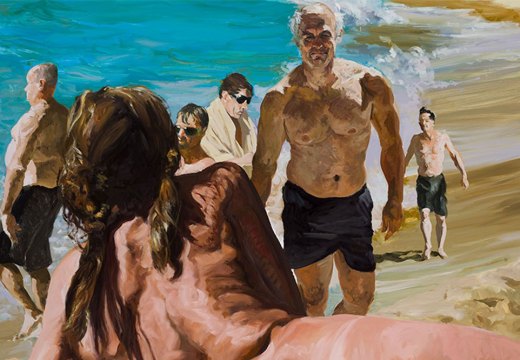
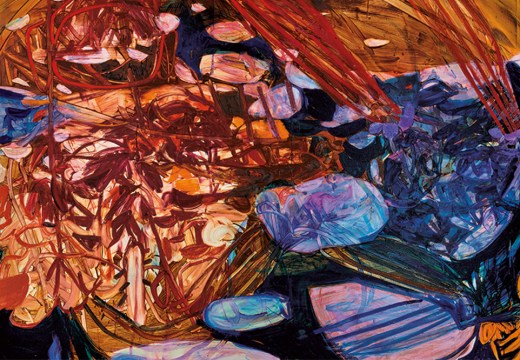
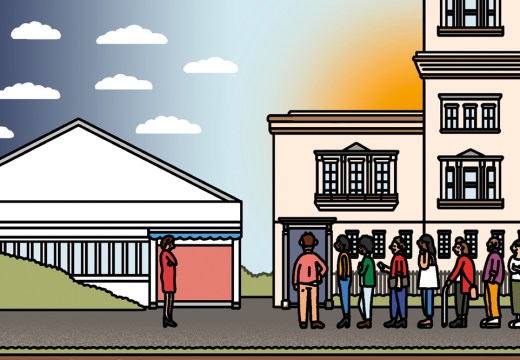









![Masterpiece [Re]discovery 2022. Photo: Ben Fisher Photography, courtesy of Masterpiece London](http://www.apollo-magazine.com/wp-content/uploads/2022/07/MPL2022_4263.jpg)
It’s time for the government of London to return to its rightful home